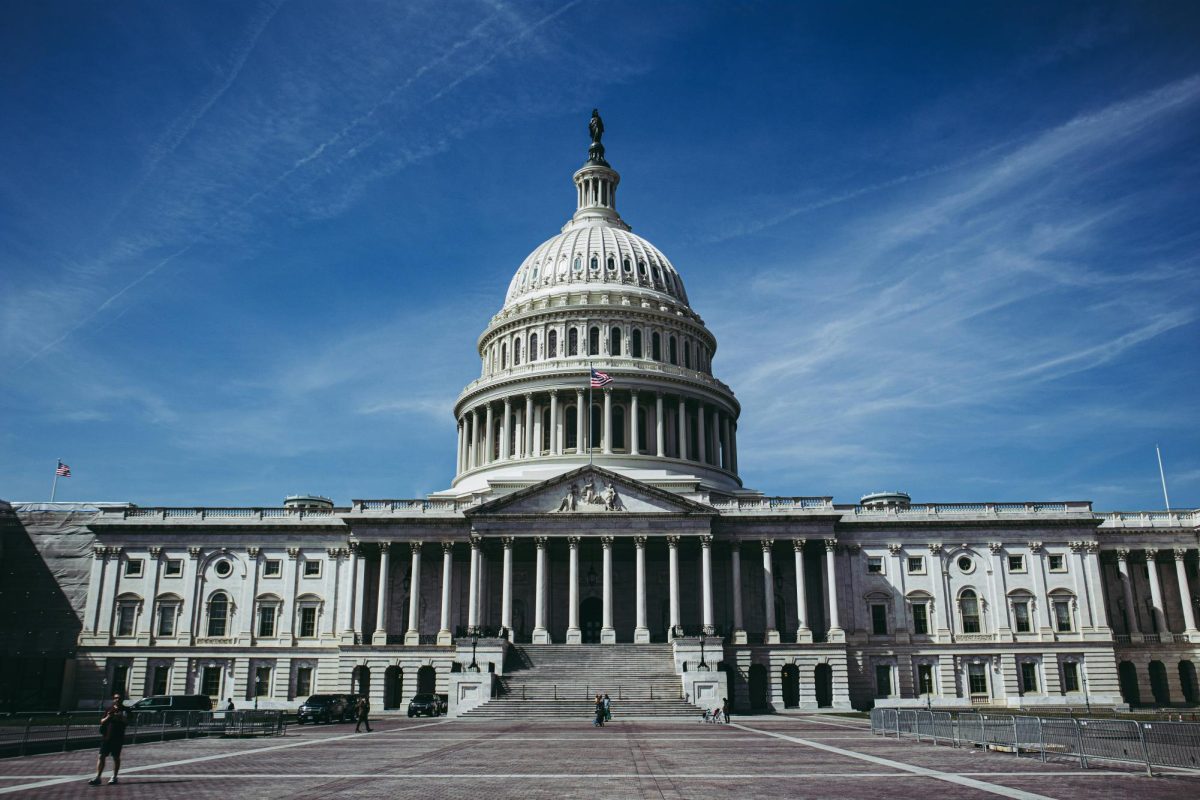The Road to Recovery
Surviving a Natural Disaster is Only Part of the Problem
You wake up in the morning to the roar of howling winds, the sight of severely bent trees, and the sound of booming thunder followed by torrential downpours. The destruction is unfathomable. Food and water are scarce. Bodies are scattered around the streets. You have nothing.
This was the sight that greeted Magina Fernandez, a survivor of the destructive monster typhoon Haiyan that tore through the Philippines on November 8, 2013. In a plea for help, she told CNN news reporters, “Get international help to come here now – not tomorrow, now. This is really, really like bad, bad, worse than hell, worse than hell.”
This large-scale devastation is what the people of the Philippines must learn to recover from if they are to survive. They face an extensive and difficult path as they figure out how to move on from such a desolate point. This recent calamity brings forth memories of previous natural disasters and begs the question: How are those countries and the people living there, doing now?
The monstrous typhoon Haiyan, without a doubt, left mass destruction in its wake, with estimated economic damages of $14 billion. Recovery efforts continue to be imperative, with the United Nations playing a vital role in current recovery efforts. The UN Development Programme (UNDP) estimates that around $38 million will be necessary to put the agency’s programs into action over the next twelve months in the Philippines. Haoliang Xu, Assistant Administrator and Director of the Regional Bureau for Asia and the Pacific, at the UNDP, says the agency intends to focus on “building stronger, more resilient communities [and] among other aims, improving early-warning systems, educating children about disaster preparedness, building evacuation shelters, planting mangroves and bringing access to renewable energy to remote communities.”
Although the entire recovery process will take years, spirits are already lifting because of the UN’s efforts to bring normalcy back to the Philippines by reopening schools as soon as possible, creating jobs, and clearing debris with as much efficiency as possible.
It seems like only yesterday that news broke across the world, reporting that a devastating 9.0 magnitude earthquake struck off the coast of Japan, followed by an even more damaging, almost 30-foot tall, tsunami caused by the massive eathquake. In reality, it has been over two years since that sobering disaster hit on March 11, 2011. However, time and a lack of media attention has driven Japan’s situation to the back of people’s minds. As a result, many are unaware of the difficult time Japan is still having with recovery efforts almost three years later.
According to the article “Japan Earthquake, Tsunami and Nuclear Crisis” on Globalissues.org, a website dedicated to providing information on pressing world issues, the costs for this devastating disaster are thought to be around $300 billion, one of the world’s most expensive natural disasters on record. A Huffington Post article published in March of 2013 reported that Japan has struggled to rebuild communities and to clean up radiation from the Fukushima Dai-ichi nuclear plant, whose reactors became dysfunctional after the tsunami hit. To add on to Japan’s troubles, the government has yet to come up with a new energy strategy – a central issue for its damaged economy that has all but two of its nuclear reactors in working condition.
Nonetheless, many people in Japan have become hopeful since Prime Minister Shinzo Abe took office in December 2012. According to an article written by Huffington Post writer Elaine Kurtenbach, Abe has frequently visited disaster-struck regions and promises faster and more efficient assistance by the government, making plans to raise the long-term reconstruction budget from about $200 billion to around $262 billion.
Looking further back, memories of the catastrophic 7.0 magnitude earthquake that struck Haiti on January 12, 2010 resurface. According to a study by economists at the Inter-American Development Bank, the cost of rebuilding Haiti’s homes, schools, roads and other infrastructure have likely reached nearly $14 billion. Although Haiti has had more time than countries such as the Philippines and Japan to recover, Haiti’s global stand as a third-world country has greatly delayed its recovery process. With nearly half its buildings destroyed or damaged, Haiti had to face a more brutal path than most.
Even with the United Nations sending $550 million, the United States $100 million, along with the countless donations of other countries, Haiti is still struggling with recovery. In an interview conducted in January of 2012 by PBS News correspondent Jeffrey Brown, Dominique Toussaint, a dedicated member of Mobilize for Haiti, a grassroots organization seeking better housing and an emergency alert system in Haiti, spoke of the situation in Haiti two years after the earthquake. “It’s our Katrina moment, except we wake up with it every day,” said Toussaint. “It’s been more than 730 days since the earthquake. We still have about 600,000 people who are still residing in IDP [internally displaced persons] camps without proper homes. That number is down from about 1.5 million, but about a million people kind of left the camps because the situations were dire there.” Although it is clear that Haiti is still considered a recovering nation, there is hope that, slowly but surely, Haiti will make it to a state of normalcy when enough years have passed.
Perhaps the world’s attention is no longer solely focused on places such as the Philippines, Japan, or Haiti because once a disaster has passed, after a certain amount of time, the world’s attention turns to other places and issues. Nonetheless, any country, no matter what its economic or political standing is, or how hard they were hit by nature’s fury, can overcome even the greatest of trials and recover from the brink of absolute despair.









































